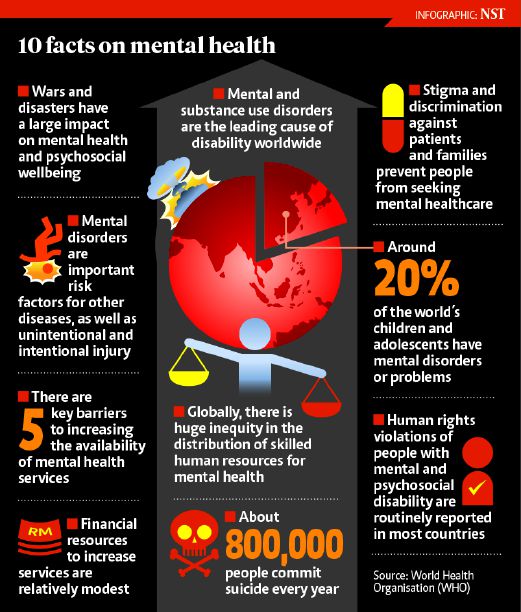Therapy for PTSD aids you learn to handle your symptoms and reclaim control of your life. It can include dental drugs or chat therapies. Psychotherapy, or talk treatment, is one of the most common therapy for PTSD. It can take place individually or in a group setting.
Symptoms of PTSD can range from being easily startled to avoiding activities and individuals. These signs and symptoms can also affect member of the family and children.
Cognitive behavioral therapy (CBT).
CBT concentrates on altering adverse patterns of assuming and habits that might be causing PTSD symptoms. This treatment is usually short-term and client-centered, with the therapist and customer establishing treatment goals with each other. CBT has been shown to decrease PTSD signs and symptoms in a number of clinical trials utilizing clinician-administered and self-report steps of PTSD. These outcomes are mediated primarily by adjustments in maladaptive cognitive distortions, with some researches reporting physical, functional neuroimaging, and electroencephalographic changes associating with action to CBT.
TF-CBT uses psychoeducation and imaginal direct exposure to educate customers exactly how to better manage feelings and deal with their injuries. This therapy has actually additionally been shown to improve PTSD signs and symptoms in kids and adolescents.
Eye activity desensitization and reprocessing (EMDR).
EMDR is an evidence-based therapy that functions by assisting people procedure trauma using flexible data processing. It can be used on its own or with other treatments. It has actually been shown to be reliable in treating PTSD. EMDR is widely made use of all over the world.
It starts with history-taking and a collaborative therapy plan. During this stage, you will speak about the reason you are seeking treatment and determine traumatic memories you wish to focus on. The specialist will additionally show you strategies to manage any kind of hard or disturbing emotions that might arise throughout a session.
During the recycling stage, you will recall a traumatic memory while taking note of a back-and-forth activity or noise (like your copyright's hand moving across your face) up until the unfavorable photos, thoughts, and feelings related to it start to diminish.
Somatic experiencing.
A specialist who focuses on this strategy will help you become aware of the physical experiences that accompany your PTSD symptoms. They'll additionally instruct you just how to recognize your autonomic nervous system and its function in the injury response.
Unlike various other injury treatments, somatic experiencing does not concentrate on memories or feelings. Instead, specialists function to release the stress from your body and relieve your signs.
This therapy has been discovered reliable in a variety of randomized controlled trials. Nevertheless, the arise from these studies are limited by little example sizes and various other methodological shortages. These shortcomings restrict the external credibility of these searchings for.
Present-centered treatment.
Present-centered therapy (PCT) is a non-trauma concentrated psychotherapy that intends to enhance individuals' partnerships, instill hope and positive outlook, and promote problem-solving. While PCT does not have direct exposure and cognitive restructuring strategies of trauma-focused therapies, it has been shown to be as efficient in reducing PTSD symptoms as trauma-focused CBTs.
In a series of eleven research studies, PCT was compared to a wait checklist or minimal call control problem and to TF-CBT. PCT was superior to the WL/MA conditions in reducing self-reported PTSD signs at post-treatment, and it was related to lowered treatment dropout rates. behavioral health support Nevertheless, the impact size was not large enough to be clinically meaningful.
Reflection.
Reflection helps people calm their nervous systems and method self-care. This treatment concentrates on the physical experience of breathing, and individuals may get distracted by thoughts or feelings, yet it is very important to return their emphasis to the breath repeatedly.
PTSD influences not only those that have directly experienced the trauma, but likewise witnesses and those who collaborate with emergency situation responders or law enforcement. Signs and symptoms of PTSD can include invasive, disturbing memories, flashbacks or nightmares, and trouble concentrating or sleeping.
Avoiding painful memories and sensations is a common reaction to injury, but it only makes symptoms even worse. It's important to seek treatment prior to PTSD interferes with your life and connections.
Twin diagnosis therapy.
Symptoms of co-occurring PTSD and compound make use of condition (SUD) are often linked and both have to be dealt with in recuperation. People that experience PTSD can be more likely to turn to alcohol or medications to self-medicate and temporarily relieve intrusive ideas, flashbacks and unfavorable state of mind swings.
PTSD signs and symptoms include frequent and involuntary upsetting memories or desires, dazzling and dissociative responses that seem like experiencing the occasion, staying clear of places, people, conversations, or items related to the injury, feelings of hypervigilance and being constantly on guard or conveniently surprised, and feelings of emotional numbness.
Dual medical diagnosis treatment involves therapy and learning healthier coping systems. It may also include pharmacotherapy, such as antidepressants or state of mind stabilizers.
